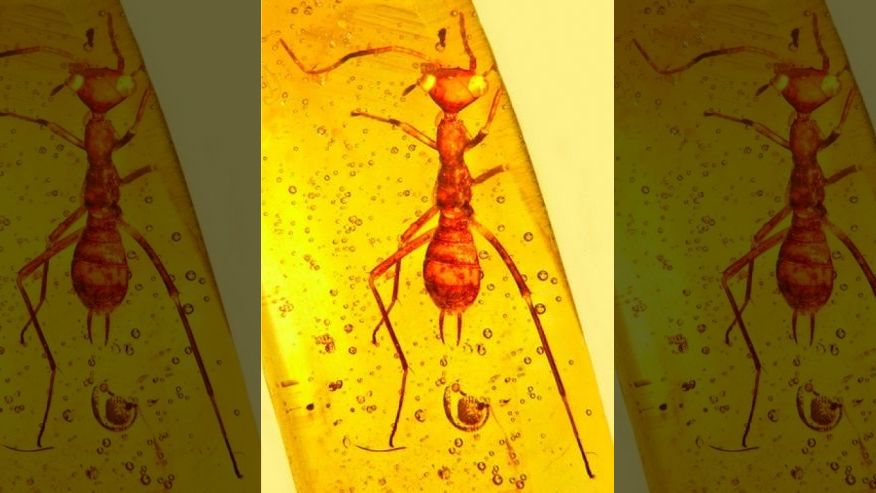Forensic scientists can tell how long it has been since death by looking at the species of insect on the body

Forensic Entomology: Determining Time Since Death through Insect Species Analysis

Forensic science encompasses several specialized fields that aid in criminal investigations. One such field, forensic entomology, utilizes insect evidence to determine crucial information about a crime scene, including the time since death. By closely studying the species of insects present on a deceased body, forensic scientists can provide valuable insights into the timeline of events surrounding the unfortunate demise.
Forensic entomology relies on the predictable stages of insect colonization and succession on a cadaver. Insects are attracted to decomposing organic matter, such as flesh, and play an essential role in the natural recycling process. Different species of insects appear and thrive at distinct stages of decomposition, allowing forensic entomologists to estimate the time since death.

The first stage of insect colonization is known as the fresh stage. Flies, specifically blowflies, are generally the first to arrive at a newly decomposing body. They are attracted by the odor released by the decaying flesh and lay their eggs, or maggots, in and around the orifices of the body. Forensic scientists can analyze the development stage of these maggots to estimate the postmortem interval, or the time that has elapsed since death.
As time progresses, the body enters the bloated stage. Beetles, such as the carrion beetles, make their appearance, feeding on the decaying tissues and maggots. These beetles are experts at assessing the progression of decomposition and can provide valuable information on the timeline.
Next, the body enters the decay stage, during which many species of insects, including beetles, flies, and mites, continue to feed on the remains. By analyzing the species composition and their developmental stages, forensic entomologists can estimate the number of days that have passed since death with significant accuracy.
In the final stage, known as the dry stage, only a few specialized species of insects, such as dermestid beetles and ham beetles, remain. These insects are attracted to dried-out skin, hair, and other remains. Their presence indicates the advanced stage of decomposition and further aids in establishing the time since death.
Forensic entomology is a valuable tool that allows investigators to determine critical details about a crime scene or an unidentified deceased individual. By accurately analyzing the species of insects found on a body and their developmental stages, forensic scientists can estimate the time since death with reasonable certainty. This information assists law enforcement agencies in reconstructing the sequence of events and developing a clearer understanding of the circumstances surrounding the crime.
In conclusion, forensic entomology plays an essential role in criminal investigations by utilizing insect evidence to estimate the time since death. By observing the species composition and developmental stages of insects found on a deceased body, forensic scientists can provide valuable insights into the timeline of events surrounding an individual’s demise. This field of study continues to evolve, contributing greatly to the resolution of numerous criminal cases and ensuring justice prevails.
Share
Related Posts
Quick Links
Legal Stuff

